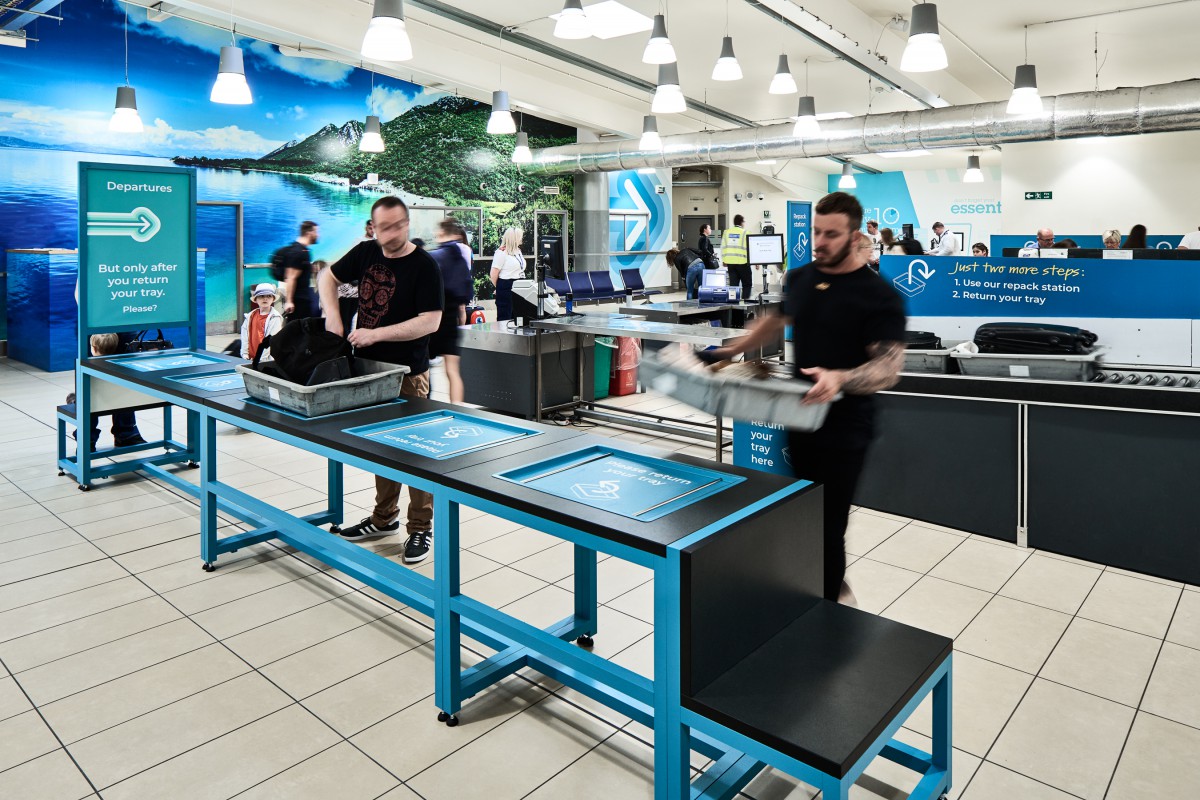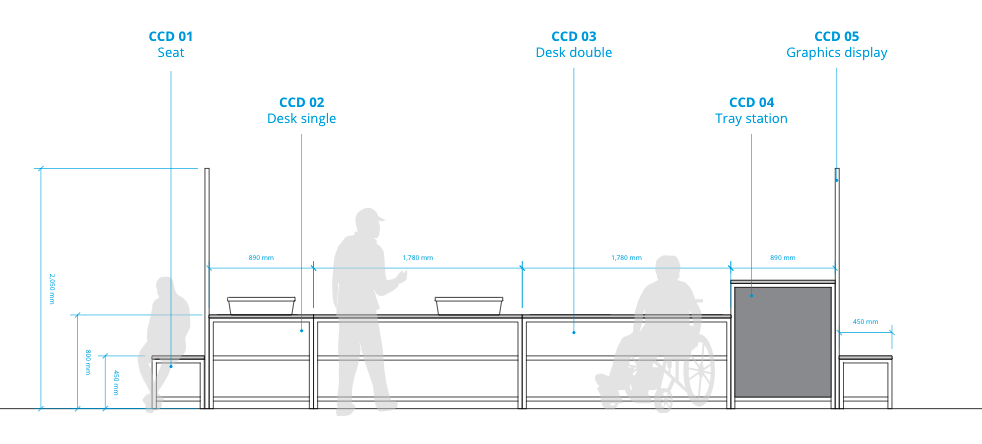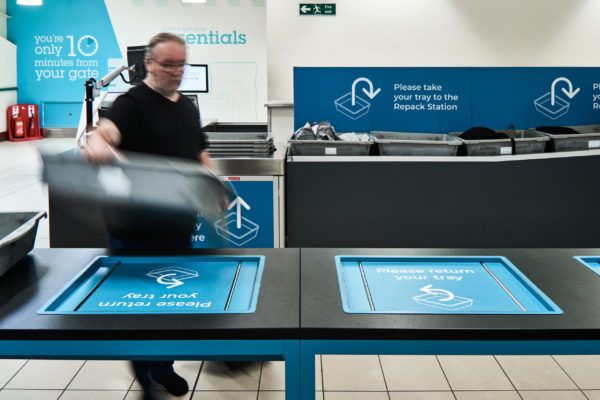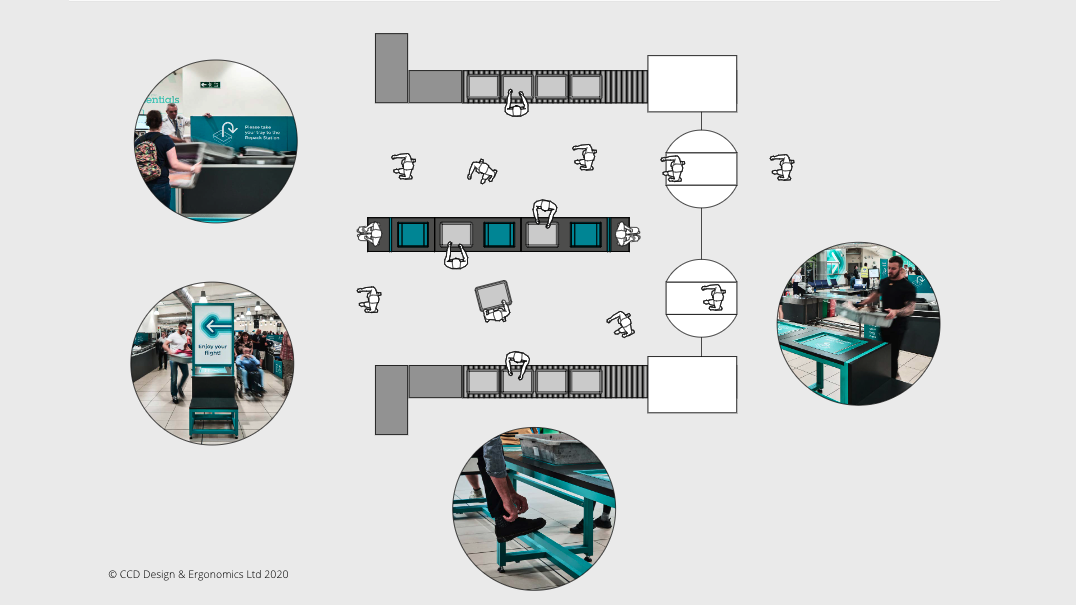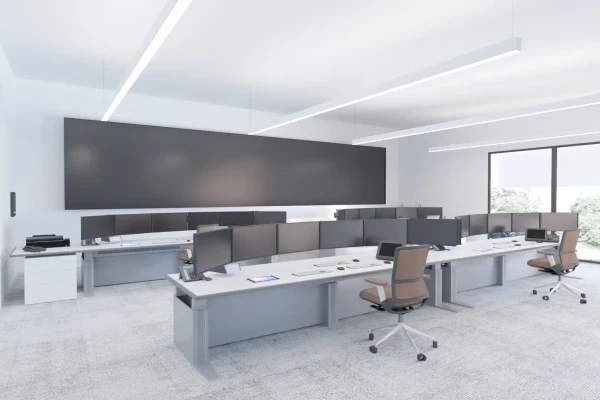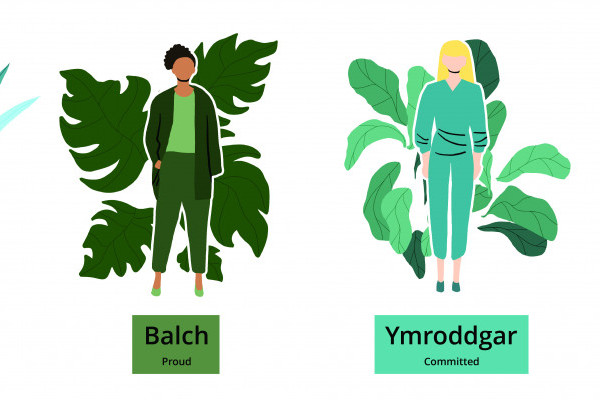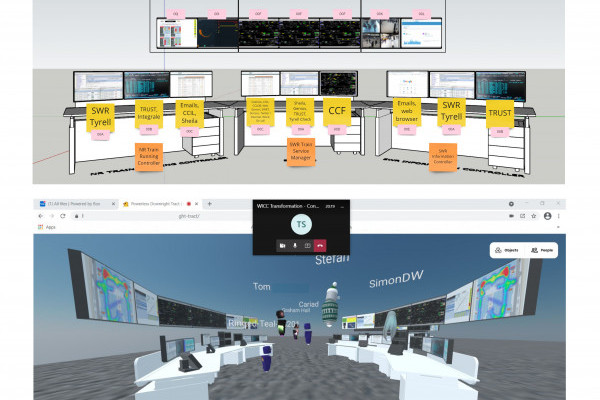From the outset, there were two core challenges to address:
- Improve the security screening experience for passengers
- Increase passenger throughput
Mima immersed themselves in the space to get to the heart of the security puzzle, performing a series of ethnographic research exercises with observations, interviews -with passengers and staff-and simulated walk throughs. The research uncovered pain points, recurring behaviours, and helped to identify where opportunities existed to improve experience and process.
Whilst many of us will be familiar with the airport security process, there is no training on how to go through security correctly.
It was evident during observations at LJLA that where passengers were not confident in the correct process, they would follow the behaviours of the crowd. This can be both positive and negative; ‘good’ behaviour drives more good behaviour but consequently, a passenger exhibiting ‘bad’ behaviours will likely lead to others following suit. In security, this can quickly result in the “butterfly effect”; one passenger displaying ‘bad’ behaviour can lead to a chain reaction of behaviour shift, leading to longer waiting times and higher stress and frustration levels long after they have made it to the departure lounge bar.
The most prominent example of this in the security screening process was during the repacking stage when passengers retrieve their belongings and re-pack their bags after being X-rayed.In agreement with our LJLA client the re-pack area was defined as the projects scope for a design intervention.
Product development & design
Whilst “repack station” solutions do exist in other airports, to influence ‘good passenger behaviour’ and meet the project brief we believed that the design intervention had to go beyond just providing a table after the x-ray machine. Using our team’s range of skills in product, interior, graphic and experience design along with human factors, we got to work defining the needs, ideating and developing a functional and holistic solution
Communication and Information Design
The existing communication and information around security re-pack was having an impact on behaviours. The colours and design were very authoritative and blended into the dark environment, our research identified that they did not represent a call to action that passengers engaged with.
Mima aligned the design and tone of voice to reflect LJLA’s brand vision: Faster, Easier, Friendlier. Applying Behavioural Design concepts, we shaped a messaging concept to nudge passengers along the repack pathway. The aim was to make passengers smile and engage with the desired re-pack behaviour without feeling forced. A bright highlight colour from LJLA brand palette was utilised to create a consistent colour pop thread, providing a visually linked trail for passengers to follow through their re-pack journey –helping to inform an intuitive flow and ease the path of ‘good’ repack behaviour.
Repack station instructions
The environment and feel of the space within security was identified as being bland and clinical. To inject some visual interest and get passengers ready for their holiday we worked with LJLA to select a suitably inspiring image to lift the mood. A large-scale image was printed and applied to completely fill the rear wall of security, enticing passengers to move a step closer to the beach as they completed security –Wayfinding supergraphics were integrated into wall treatment using the new Wayfinding guidelines Mima developed helping to intuitively guide passengers smoothly into the departure lounge.
So what?
In the six months since installation of Mima’s repack station and accompanying messaging, Liverpool John Lennon Airport saw a 15% increase in security throughput. This improved efficiency, unlocked additional “free time” that passengers have in the departure lounge, with an increase in average passenger airside dwell time by 1-2 minutes. So, shorter queues, a quicker, easier and less stressful transit through security and more time to relax.
Plus, every additional minute of airside dwell is an extra opportunity to spend –pushing up commercial sales. Liverpool John Lennon Airport estimated that this could equate to an additional passenger spend of £250,000 per annum.
The design has considered communication, materiality, ergonomics and inclusivity to prompt best practice passenger behaviours and provide a well-considered solution, totally configurable to suit the needs of any airport security repacking area.
